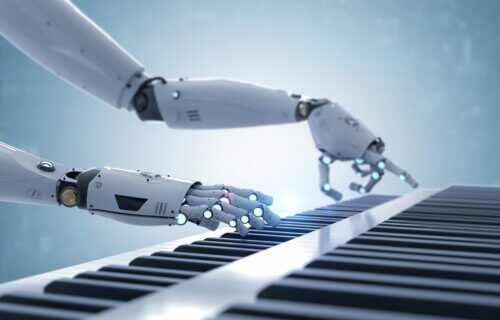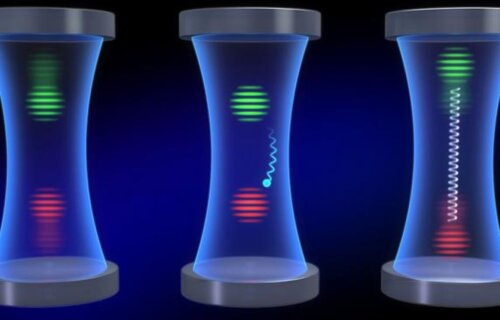

The Lisa was Apple’s first computer with a graphical desktop interface, predating the Macintosh by a year. Now, 40 years later, you can see exactly how the computer worked.
Apple released the Lisa computer on January 19, 1983, as a high-end workstation computer with a mouse (a new concept at the time), a desktop interface, and bundled office productivity software. It ultimately wasn’t a successful product, partially thanks to the sky-high price of $9,995 (about $30,000 in 2022 dollars), but the Lisa laid the groundwork for the much more successful Macintosh computer that was released a year later.
The Computer History Museum has partnered with Apple to release the source code for the Lisa’s software, including its operating system and bundled applications. Much of the code is written in Pascal, an early programming language dating back to 1970, which was also used for some of the Mac’s early software. There have already been a few interesting discoveries in the source code, including references to a Lisa model called “Pepsi” (which might be the Lisa 2/10), about eleven occurrences of the F-word, and a few other entertaining comments.
Lisa’s software was advanced for the time, and not just because it had a desktop environment in 1983. The Lisa operating system supported preemptive multitasking, so one application crashing wouldn’t bring down the whole computer — a feature that didn’t make it to Mac until the introduction of Mac OS X 10.0 in 2001. It also had protected memory and support for up to 2 MB RAM. Those features slowed down the computer’s 5 MHz Motorola 68000 processor, causing the Lisa to feel slow even at its best.
It’s great to see the source code publicly available, since the Lisa was an important milestone in the history of computers. Maybe someone will try porting Lisa OS to modern hardware — the year of Linux Lisa on the desktop could be upon us.
Source: Computer History Museum










